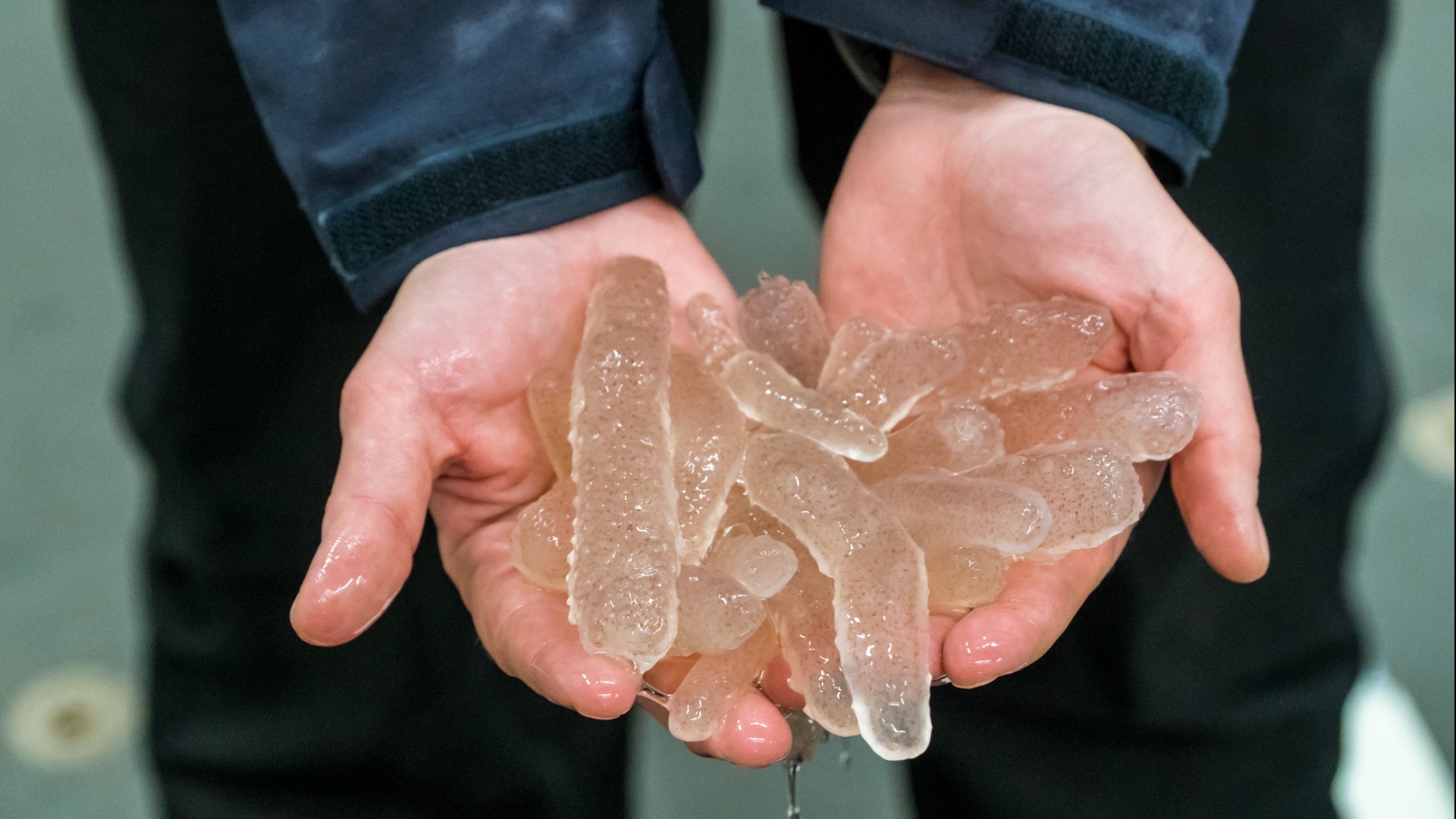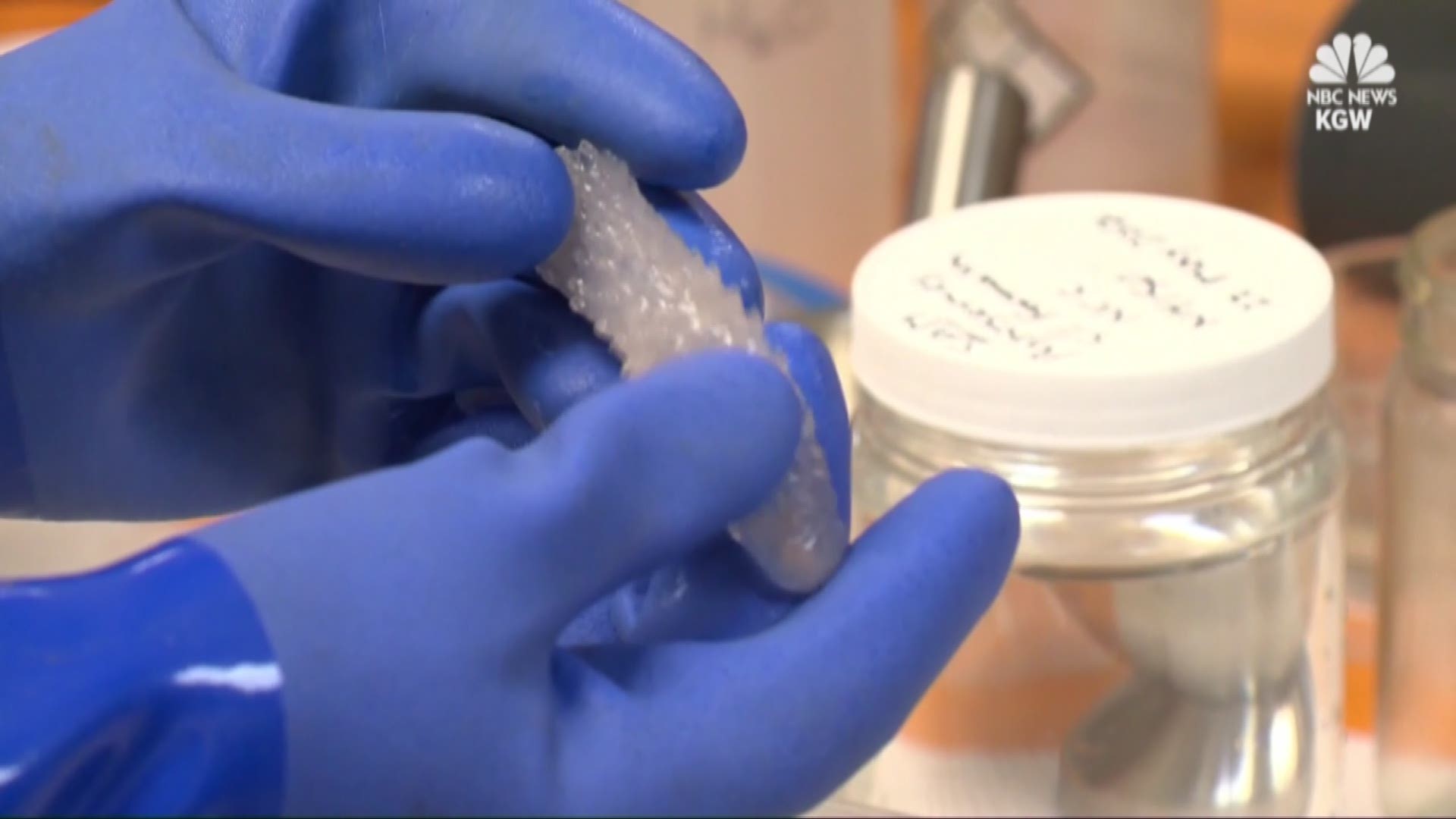PORTLAND, Ore. —
In late 2013, the waters off the Pacific Northwest began to heat up. The marine heat wave — what came to be known as “the blob” — would last for several years. Now, a decade later, scientists are still learning of different ways the heat wave changed our marine ecosystem.
In research published last week in the journal Nature Communications, U.S. Geological Survey biologist Dylan Gomes and a team of researchers looked specifically at the food web and how energy is transferred between organisms.
What they found was that every action in the ocean has far-reaching impacts on many other species.
“If you look at single species interactions, you’re likely to miss a lot,” Gomes said. “The natural effects of a disturbance are not necessarily going to be straightforward and linear. What this showed us is that these heat waves impact every predator and prey in the ecosystem through direct and indirect pathways.”
To understand how the heat wave disrupted the food web, you have to start with a tube-shaped gelatinous organism called a pyrosome.
Thousands of pyrosomes washed up on Oregon beaches in 2017, causing some confusion among local marine biologists.
The creatures are usually found in deeper, warmer waters near the tropics.
“So before the marine heat waves, nobody has any documented evidence of seeing pyrosomes at all in our waters,” Gomes said. “Once ‘the blob’ happened, these things exploded.”
The problem with so many pyrosomes starts at the very bottom of the food web.
Tiny organisms called phytoplankton get most of their energy from the sun and provide the bottom layer of the food web. Phytoplankton make up a big portion of the diet of krill, a small crustacean that feeds all kinds of creatures; from salmon to Southern resident orca to Pacific whiting, the largest fishery by weight on the West Coast.
“That energy basically flows upward through the food web to top predators and fisheries and eventually to us,” Gomes said.
But pyrosomes are also voracious predators of phytoplankton, capable of consuming up to 95% of the organisms in a given area. Very few creatures actually eat pyrosomes, though, so that energy essentially hits a dead end.
“A lot of the energy that these pyrosomes are taking from phytoplankton appears to sort of stop with the pyrosomes,” Gomes said. “Pyrosomes are potentially sort of shifting the entire food web in a different direction and not leaving a lot of energy for these other species that we care about.”
Gomes said the exact cause of marine heat waves is hard to pin down, though climate change caused by humans burning fossil fuels definitely plays a role.
One thing that isn’t up for debate, though, is that they are getting worse, Gomes said, noting that they are increasing in prevalence — both in terms of how often they occur and in intensity.
And it’s clear that changes that occur in our oceans can have effects far beyond the marine environment.
“Everything is connected,” Gomes said, “at least indirectly.”


